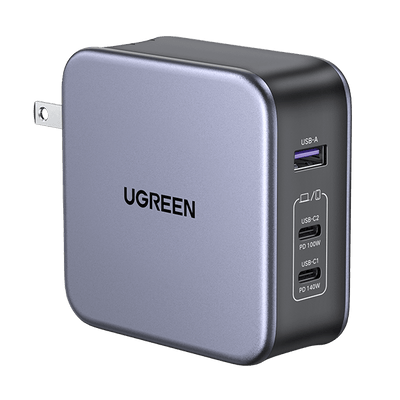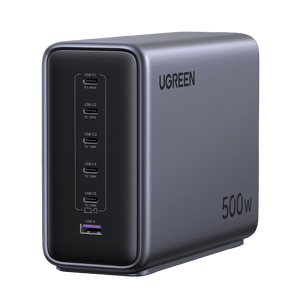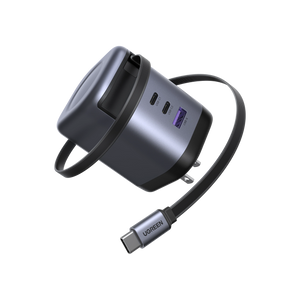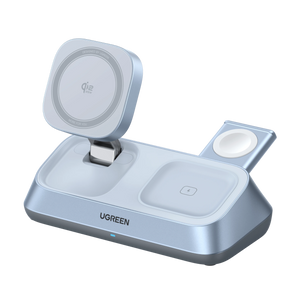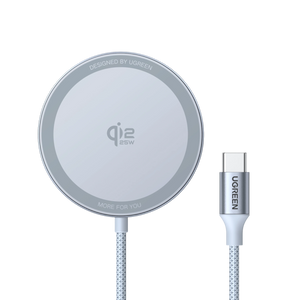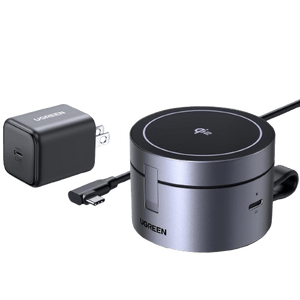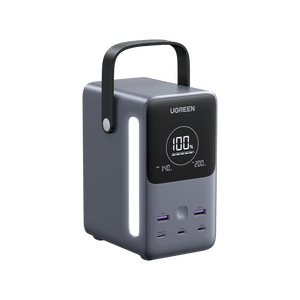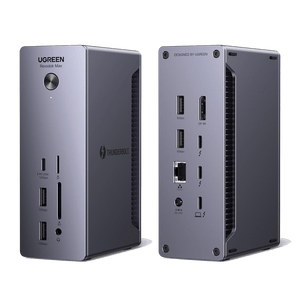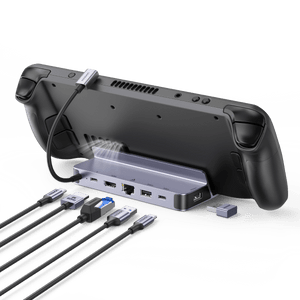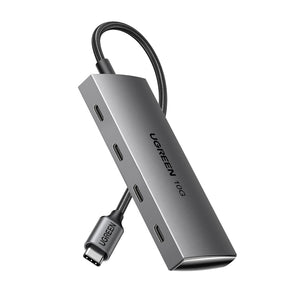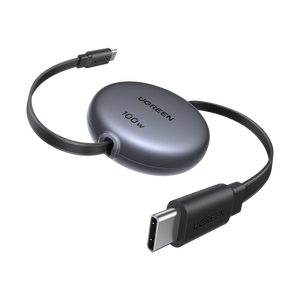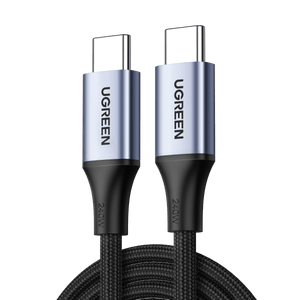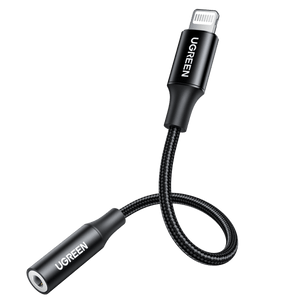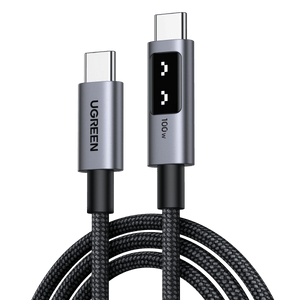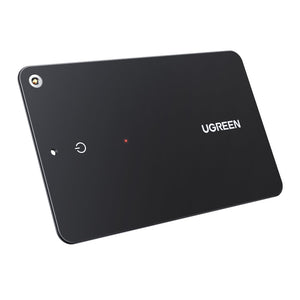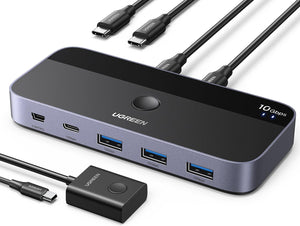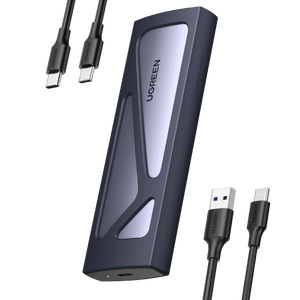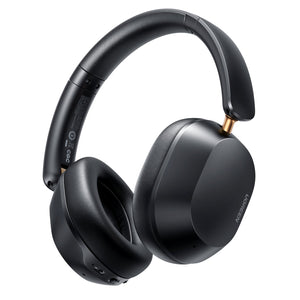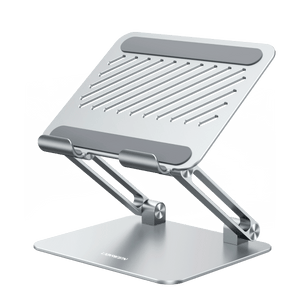How Many Watts to Charge a Laptop? (3 Methods!)
Stepping into the world of laptop charging, where we uncover the mystery of the right wattage. Have you ever found yourself staring at your laptop charger, wondering, “How many watts to charge a laptop?”
Key Takeaways:
- What Wattage Means: Wattage tells you how much power a charger can give to your laptop. More wattage means faster charging, especially for powerful laptops.
- Choosing the Right Wattage: Everyday laptops need 45W-65W chargers, while gaming or high-performance laptops need 90W-300W chargers.
- How to Find Your Charger’s Wattage: Look on the power brick for the wattage, or multiply the voltage and amperage to calculate it.
- USB-C Charging: USB-C chargers can power many laptops, especially if they support Power Delivery (PD), offering faster charging.
- Portable Charging: Power banks with 60W+ can keep your laptop charged when you’re on the go.
What is Meant by Wattage for Laptop Chargers?
Wattage in laptop chargers may sound like technical jargon, but it's actually quite simple. The power rating, which tells you how much energy a charger can supply to a laptop, is called the laptop charger wattage.
Wattage is calculated by multiplying the charger’s maximum output current (in Amps) by the voltage (in Volts) it provides. A charger with higher wattage can supply more power, which is beneficial for larger, more powerful computers or for quickly charging smaller devices.

Using a charger with too low a wattage can cause problems. While a higher wattage charger won’t damage your laptop (since the laptop will only use as much power as it needs), a charger with too low wattage might not provide enough power, leading to slow charging or no charging at all.
So, how many watts do you need to charge your laptop? That’s the key question. When selecting a charger, always check its wattage to ensure it meets your laptop’s requirements. Stick with us as we uncover the wattage mystery and help you charge your laptop with ease!
Wattage Decisions: Unveiling Laptop Charging Essentials
Numerous electronic parts in laptops require a significant amount of power to operate. Furthermore, the battery is designed by laptop makers based on how many watts to charge a laptop and to ensure optimal performance.
For instance, gaming laptops demand higher power levels to operate correctly, which means that their batteries are bulkier and require more power to charge. Simple laptops, on the other hand, require less power to charge as they lack very sophisticated apps. Therefore, the two elements listed below must be anticipated in order to determine how many watts to charge a laptop.
1. Battery
One of the primary distinctions between a desktop PC and a laptop is that the latter may function independently because of its battery.
Additionally, the battery capacity is often designed by the makers, taking into account how many watts to charge a laptop. As a result, batteries give a laptop’s components all the power they need to function in standalone mode.
Comparably, the batteries in regular laptops are smaller. Batteries typically have a capacity of between 50- and 90-watt hours. The laptop user handbook will tell you how many watts are needed to charge the device, so check your battery capacity there. The battery is like a laptop’s energy reservoir.
It comes with a capacity, usually measured in watt-hours (Wh). Think of it as a bucket that can hold a certain amount of water. The bigger the bucket (higher Wh), the more energy your laptop can store. So, if you’ve got a bigger battery, it might take more wattage to fill it up.
2. Charging Adapter
The laptop’s charger is built by suppliers to meet the device’s specifications and take into account the battery life. See the information on the sticker on the back of the charger to get a precise estimate of how many watts to charge a laptop.
Since some parts, including graphic cards, require a lot of power to operate correctly, the charger’s power rating is higher than the battery’s capacity. In that scenario, it is necessary to plug in the charger before you begin playing games in order to significantly shorten the time it takes for the battery to deplete.
The charging adaptor has a specific output, usually measured in watts (W). This tells you how fast it can pour energy into your laptop. If your adaptor can pour water (watts) faster than your laptop’s bucket can hold (battery capacity), you’ll get a quicker charge.
While understanding your laptop’s charging specifications is crucial, there may be times when you find yourself without your original charger. In such situations, it’s helpful to know alternative methods for charging your laptop. As discussed in UGREEN’s comprehensive guide, there are several creative solutions available, from using USB-C cables to power banks and even car chargers. These methods can be lifesavers when you’re on the go or facing an unexpected power shortage, ensuring that you can keep your laptop running even without its dedicated charger.
What is the In-demand Wattages of Laptop Chargers?
There are several wattages of laptop chargers available, depending on the power requirements of the particular laptop and how many watts to charge a laptop an explanation of the typical wattages and their uses is provided below:
1. Standard Wattage Chargers (45-65W):
These are like the regular, everyday chargers. They’re good for most laptops you use for normal stuff like browsing, watching videos, and checking emails. 45W chargers are commonly used for mini devices including smart laptops, ultra books and net books.
{{UGPRODUCT}}
2. High Wattage Chargers (90-140W):
These chargers are a bit more powerful. They’re like turning the tap up a notch. They’re good for laptops that need more power, maybe because they have fancier features or do heavier tasks like video editing or gaming. It can handle more demanding tasks without running out of battery too fast.
Their purpose is to offer computers with minimal consumption of electricity with a sufficient power source and to charge their batteries. These chargers are frequently seen with laptops that have lower performance requirements or some starting point laptops with energy-efficient processors, such as Intel’s Core-M series.
The more popular 140W chargers are typically seen with affordable laptops, which use a moderate amount of power. Laptops with standard processors, such as AMD’s Ryzen, can be powered by these chargers. These laptops usually feature low-power discrete GPUs or integrated graphics, which allow them to function well enough without requiring a large-wattage charger.
{{UGPRODUCT}}
3. Super-high Wattage Chargers (200-300W):
Now, these chargers are like turning the power to the max. They are for gaming laptops with crazy graphics or heavy-duty workstations. Typically, laptops that need 300W chargers are more powerful devices, such as multimedia or gaming machines. Dedicated graphics cards, potent processors, and extra parts like numerous storage drives or improved cooling systems are frequently included with these laptops.
The 300W connectors are made to work with laptops that need more power to operate at peak efficiency and charge more quickly. These chargers are designed especially for mobile workstations or high-end gaming laptops with power-hungry components. These laptops frequently have strong, dedicated graphics cards, several storage drives, and top-tier processors.
As a result, higher-wattage chargers are needed to supply the power and maintain the device’s functionality. To support demanding jobs like generating 3D models, video editing, or playing graphically intensive games, these chargers are necessary to determine how many watts to charge a laptop.
How to Check Laptop Charger Wattage?
Let’s uncover the secret behind checking your laptop charger wattage. We will discuss the top three methods to calculate and check your laptop charger wattage.
Method #1 Verifying the Power Brick of Your Charger
Taking out the laptop charger’s power brick and measuring its laptop charger wattage is the simplest approach to find out how much it costs. Try searching for a “W” sign on your power adapter to locate the wattage area. The laptop charger wattage is shown by the number just next to the “W” mark on your charger.
Don’t panic, though, if the wattage of your laptop charger isn’t shown on your power brick. Companies frequently omit including the wattage information on their laptop chargers, but don’t worry—there are alternative methods for determining your laptop’s wattage.
Method #2 How Much Power Your Laptop Will Need
You’ll need to pull out your calculator and perform some math in order to determine the laptop charger wattage. Traditionally, voltage and current usage have been displayed on laptops instead of watts. Consequently, you will need to perform some math in order to determine the watts on your laptop. Having said that, you can determine the voltage of your laptop by using the procedures listed below.
- Access the Power Brick on your laptop.
- Look for “Output” on the sticker on your Power Brick.
- Make a note of your current and voltage to determine the laptop charger wattage.
Multiplying Volts and Amperes
You need to ascertain your laptop’s wattage after determining its voltage and current needs. A simple formula that you must use to determine the watts of your laptop is:
Volts * Amperes = Watts
We’ll walk you through an example to assist you better grasp the process. A laptop with a voltage of 19.5 volts and a current output of 3.34 amps will yield a result of 65.13 watts, or around 65 watts. You’re set to go if you now complete the identical action with your laptop charger.
Method # 3 Looking through the Official Website
You can get the laptop charger wattage by going to its official website if you are unable to determine the voltage of your laptop or if you prefer not to compute its wattage. On almost every charger website, there is information on the power consumption of their devices.
Try checking other tech forums for your laptop’s wattage if you’re still having trouble locating it. There is a lot of misleading information on these forums, so exercise caution before browsing through them.
As we all know, there are many wattages available for laptop chargers; the usual range lies between 60 to 160 watts. A charger for a smaller battery might require about 60 watts, although gaming laptops might need more power.
How Many Watts Is Best for a Laptop Charger?
A few laptop charging tips that you should know: Match the wattage of the charger with your laptop’s battery and performance needs.
- everyday laptops: 45W-65W is usually enough.
- power-hungry laptops or gaming machines: Aim for 90W-140W.
- super-performance workstations: Choose 200W-300W chargers.
USB-C Charging: The Future of Charging
The rise of USB-C and Power Delivery (PD) charging has changed the way we power our laptops. USB-C chargers, especially those supporting PD, are becoming the standard for many newer laptops, including models like the MacBook, Dell XPS, and others.
USB-C chargers can deliver up to 100W (and sometimes even 140W or 200W on newer devices). This makes it easy to use a single charger for multiple devices, cutting down on clutter and the need for numerous power bricks.
Be sure to check if your laptop supports PD charging via USB-C, as it will allow you to use a single, higher-wattage charger for multiple devices.
Eco-friendly and Energy-Efficient Charging
As more laptops focus on energy efficiency, many new devices are designed to use less power while offering impressive performance. If you’re looking to make eco-conscious choices, consider a charger designed with energy-saving features or opting for a laptop that’s designed with an energy-efficient processor, like ARM-based models or ultrabooks.
Portable Power Banks: Charging on the Go
For times when you don’t have an outlet nearby, portable power banks with higher wattage support (60W or more) are becoming popular. These portable chargers can keep your laptop running while you’re on the go, whether you’re in a cafe, at the airport, or camping outdoors.
FAQs about Laptop charger wattage
Is 60W Enough to Charge a Laptop?
It depends on the specific power requirements of your laptop. How many watts to charge a laptop? Many laptops can be charged with a 60W power adapter, but some high-performance laptops may require more power, such as 80W or 100W.Click to view Ugreen 2024 latest model charger. Check your laptop’s specifications or the manufacturer’s recommendations to ensure that a 60W charger is sufficient. You should also check your laptop charger wattage before making any purchase. Click to read more: Disadvantages of 65W Chargers.
What is Power Delivery (PD) and Does the Wall Adapter Need it?
With the help of the Power Delivery (PD) charging standard, you may quickly charge your laptop or smartphone from 0% to 100% by using a charger that can generate greater voltages and currents. Indeed, the only charging method compatible with laptops is PD.
Having stated that a charger may not be able to charge your laptop merely because it supports PD. Numerous devices with power outputs ranging from 18 to 100 watts can incorporate PD technology. For example, the purpose of the 18-watt power transfer charger and the 18-watt PD Fast Charger is to quickly charge the battery on your cell phone, not the laptop you are using.
Do All Laptops Charge at the Same Speed?
It goes beyond the wall adapter’s power capacity and laptop charger wattage. The laptop’s power capacity also plays a major role in this. Various power inputs are supported by various laptops.
For example, the most recent 16-inch MacBook Pros can handle up to 140 watts of power input, but the most recent MacBook Airs can only handle much less. This implies that regardless of how strong the charger’s power output is, not every USB-C computer will be able to get charged at the same rate.
Furthermore, not every USB-C port is created equal. To be more precise, not every USB-C connector is compatible with charging or Power Delivery. Moreover, not all USB-C cables are PD-compatible. Therefore, there may be a problem with the connector for charging or the cable that you’re using if your laptop won’t charge even when it is plugged in.








